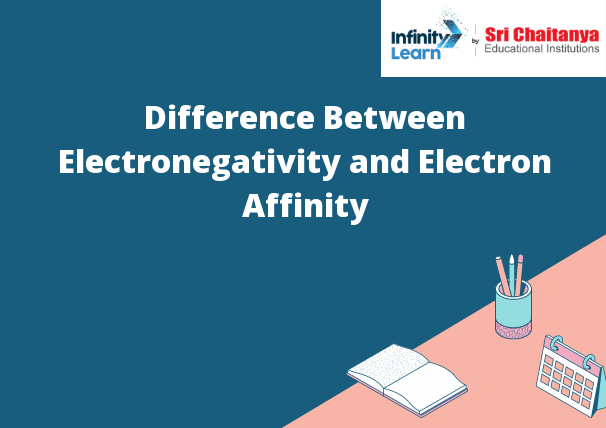Table of Contents
An Introduction to Electronegativity and Electron Affinity
Electronegativity is a measure of how strongly an atom attracts electrons to itself. It is measured on the Pauling scale, with fluorine (F) being the most electronegative element and cesium (Cs) being the least. Difference Between Electronegativity and Electron Affinity.
Electron affinity is a measure of how strongly an atom attracts an electron to itself when it is already in a neutral atom. It is measured in kJ/mol.

Electronegativity vs Electron Affinity
The electronegativity of an atom is a measure of how strongly it attracts electrons to itself. The higher the electronegativity of an atom, the more it will pull electrons away from other atoms. The electron affinity of an atom is a measure of how strongly it attracts electrons to itself. The higher the electron affinity of an atom, the more it will pull electrons away from other atoms.
Difference Between Electronegativity and Electron Affinity
The electronegativity of an atom is a measure of how strongly it attracts electrons to itself. The higher the electronegativity of an atom, the more it will pull electrons away from other atoms. The electron affinity of an atom is a measure of how strongly it attracts electrons to itself. The higher the electron affinity of an atom, the more it will pull electrons away from other atoms.






